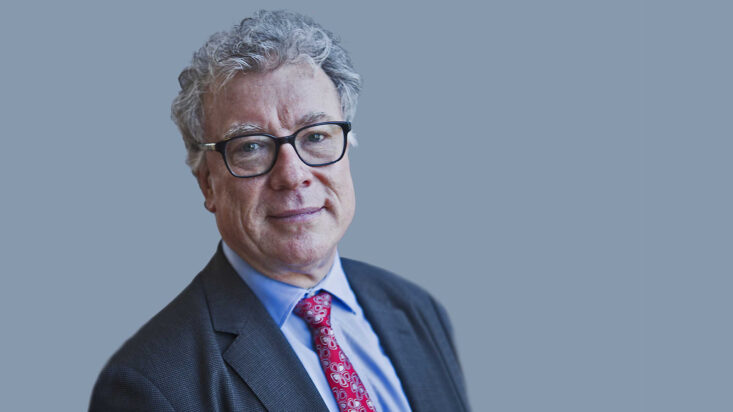Performance benchmark a cloud on horizon for SMSFs
It may be a lull between storms but the SMSF Association has no major political battle to contend with at the moment, instead focusing on smaller issues to do with regulatory change and embarking on new research about small funds’ performance in case that becomes an issue in future.
John Maroney, the association’s chief executive, told a media briefing during this week’s annual conference (on February 17) that the association’s position was not exactly “a bed of roses”, as was suggested and notwithstanding a glowing endorsement the previous day from Senator Jane Hume, the assistant minister for superannuation.
“There are still some thorns hanging about,” he said. He believes the SMSF Association has clarified the cost-effective argument around the minimum required for an SMSF to be as cheap as a big super fund for a member, but there was still some work to do.
A Rice Warner report commissioned by the association last year largely debunked figures previously quoted by the Productivity Commission and ASIC, both of which suggested at least $500,000 was required for an SMSF to be cost effective in terms of administration charges. Rice Warner calculated the true figure at about $200,000.
The association lobbied ASIC to remove its previous guidance which said the average cost of running an SMSF was about $13,000 but the regulator would not. It did, however, mark the information “expired” and updated its live website to include an estimate – “still an average” – of $3,000 a year.
The association, supported by Rice Warner, argued the earlier figures used by the regulator were unbalanced and inappropriate, including additional costs such as set-up charges and insurance.
“We think they (ASIC) now understand they have to dig deeper,” Maroney said. “There is still some work to be done, though, particularly on performance.”
The SMSF Association was going to produce some research on SMSF performance, given both ASIC and the Productivity Commission had questioned aggregate returns for SMSFs. A lot of people were primarily interested in capital protection, he said, and there was work to be done on what should be deemed appropriate. “We think this decision should come from the individual,” Maroney said.
He would have been pleased with Senator Hume’s short speech to the conference audience, available on video, in which she said the driving force behind the number of SMSFs – 591,000 – and their funds under management – $728 billion – was: “Australians’ desire to be masters of their own destiny, to control their own personal retirement incomes. That’s something we as a government wholeheartedly endorse. We want more people to take an active interest in their personal finances and retirement savings.”
The association’s performance reporting research would look at whether it was possible to have a relevant benchmark against which SMSFs could be measured. Peter Burgess, the deputy chief executive of the association, said it might be possible to have some broad benchmarks that might be useful, “but we don’t think it would be helpful to have a performance figure quoted for the whole sector.”
Given APRA’s perseverance with a form of performance benchmarking for big funds, despite strong criticism from the industry and numerous examples of flaws in the system, including unintended adverse consequences for members, it may be that ASIC feels it should venture down the same path with SMSFs.
SMSF Association decided not to buy into the debate about whether or not the Superannuation Guarantee should be increased to 12 per cent as planned, Maroney said, “but we support the compulsory system”. He said: “This is an important issue that we’ll leave to others.”
He added that it was also important, though, that voluntary contributions were still available to all members to make when they wanted to, or were able to, “catch up” with their balances.
The hottest topic of discussion at the conference, according to Burgess and others, including the specialist journalists present, was the introduction of a rule to make the provision of an audit on an SMSF independent from accounting or other services. This is scheduled to take effect from July 1 and while the association had lobbied for its delay, ASIC seems unlikely now to change its schedule.
The association estimates that about 40 per cent of the audits on SMSFs are performed by mid-tier accounting firms. There is uncertainty as to whether they will have to restructure their businesses to accommodate the new regulation. In any case, it looks likely to cause an additional administrative cost on the system.











